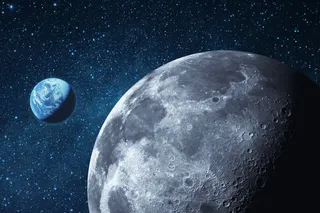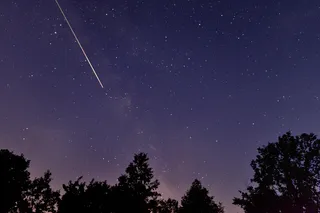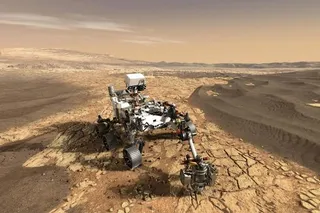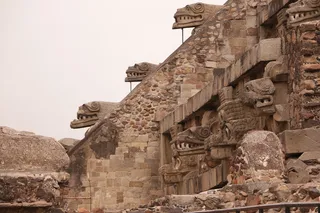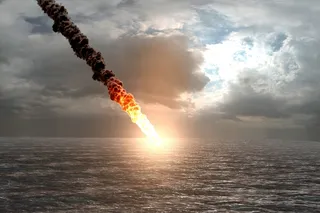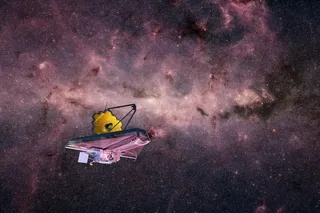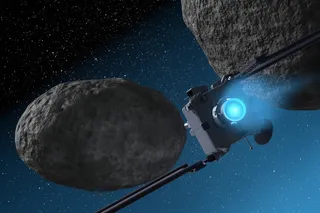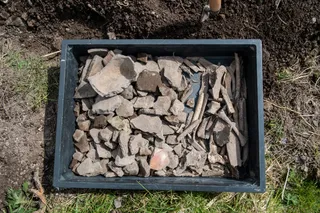A few weeks ago I watched the film Restrepo. It's a documentary about a platoon of US army soldiers in Afghanistan. Documentary doesn't do justice to the film. It has no voice-overs. There's no plot or point, per se. The film follows the soldiers from just before deployment, through their year-long tour at the most dangerous and remote outpost in Afghanistan (the Korengal Valley), to their departure from the country. The movie is a strange mix of Hurt Locker, Platoon, Three Kings, and Jarhead. What makes this movie different from any other I've seen, however, is that it is all real. This is filmed up close and personal. The camera was in the middle of everything. The gunfire is real. The bombs are real. When people die, they stay dead.
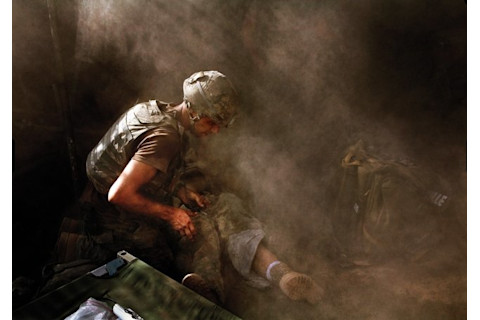
After the movie one of the directors (Tim Hetherington) and one of the main "characters" (Major Dan Kearney) got up on stage for an interview and Q&A. It was jarring to suddenly see the Major, in person and in civilian clothes, after having spent a year with him in Afghanistan. There were a few clear take-home messages.
The main "accomplishment" of the platoon, which was much heralded, was the establishment of an outpost (named "Restrepo", in honor of a fallen comrade) on a strategic hill, less than a kilometer farther down the valley than the main staging area. This past April, the hard-won outpost was abandoned.
The (British) director went out of his way to commend the US military for allowing them full access. He claims that there was no editing or censorship of the film, and that the US military's policies towards the media are better than any other nation with which he's had experience, including Britain, Germany, and Russia.
There are scenes showing marines discussing issues with Afghani Afghan elders, and it is entirely apparent that neither side trusts the other. The marines simply do not belong in the valley. They are not welcome. They are not wanted. It is unclear what is being accomplished. And lives are at stake.
One of the most poignant moments of the evening was the last question. A woman (who in many ways was the quintessential representation of Santa Fe) asked (in a fairly emotional tone) how the Major lives with himself, knowing that he has killed Afghan children (as we had just witnessed on screen). The woman argued that the life of a soldier is not "as valuable" as that of a child, and that she was disturbed by their disregard for young Afghan lives. The Major's answer was clear and unapologetic. He has no trouble sleeping at night, and he feels good about whom he sees in the mirror. His job is to protect his soldiers. He agonizes about decisions that may involve "collateral" damage (e.g., ordering a helicopter strike on a house), but his job and duty was to try to make the valley safe. In the long-run the goal was to allow a road to be built through the valley, thereby bringing more economic development, and making it a safer and healthier place for the civilian population to live. He did the best he could to make this happen at minimal cost. But it is war, and casualties are inevitable. The film leaves one with a feeling that the whole situation is hopeless. Why are we still there? The director, a self-described "left-leaning liberal", urged against a knee-jerk reaction and in favor of a deliberate approach, where the consequences of our actions are anticipated. He pointed out that the 17,000 civilian deaths to date in Afghanistan are significantly less than the 400,000 deaths estimated from Taliban rule, and a tiny fraction of the million deaths which resulted from the Soviet invasion. If we abruptly pick up and leave, the country will no doubt plunge back into civil war and Taliban rule, and things will get much worse for much of the civilian population. Instability in the region will, eventually, impact the developed world, even those of us sitting in cozy movie theaters. So what is to be done?


